For centuries, Niagara Falls has witnessed some strange incidents. In 1827, a hotel owner sent a flock of wild animals down the falls in a cargo ship, and only a goose survived. But on June 12, 1969, something even stranger happened when the US Army Corps of Engineers stopped the waterfall's flow. Scientists drained Niagara Falls to conduct research, reported Business Insider.
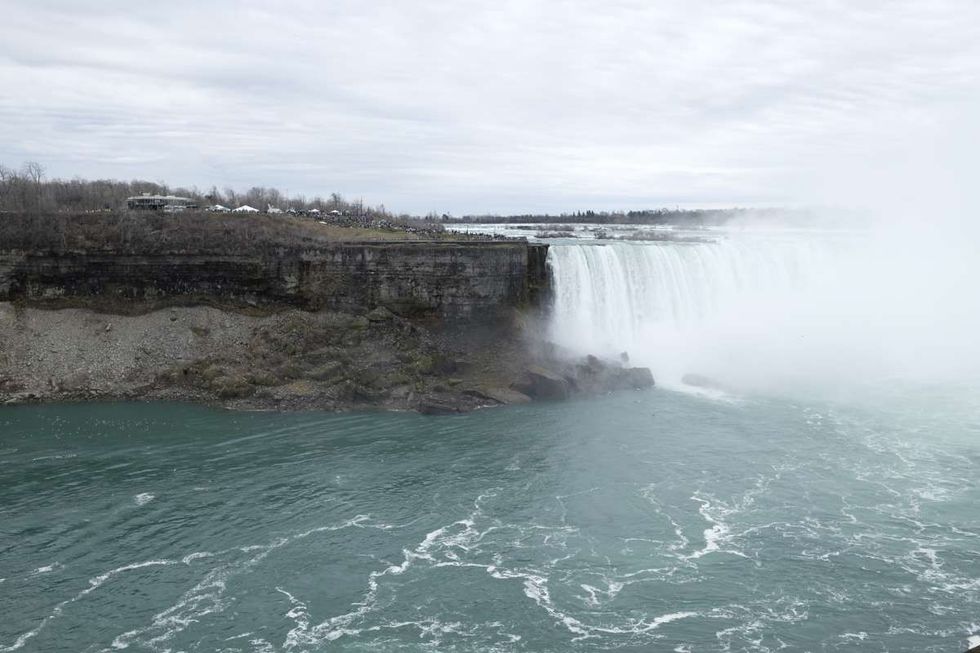
Niagara Falls is an impressive waterfall connecting three waterfalls at the southern end of Niagara Gorge, bordering Ontario in Canada and New York in the United States. The three water bodies are named Horseshoe Falls, American Falls, and Bridal Veil Falls, in order of their size. While the Horseshoe Falls is at the border of two countries, the other two are within the United States. Bridal Veil Falls is separated from Horseshoe Falls by Goat Island and from American Falls by Luna Island, with both islands situated in New York.
According to the Bright Side, Niagara Falls was first formed around 12,000 years ago, after the last Ice Age. The falls appeared after the ice sheets covered the area of Southern Ontario, and they started moving southward, creating basins of the Great Lakes on the way. They melted and released enormous quantities of water into the basins. As the ice melted, the resulting waters started to flow down through what is known as the Niagara River, Lake Erie, and Lake Ontario.
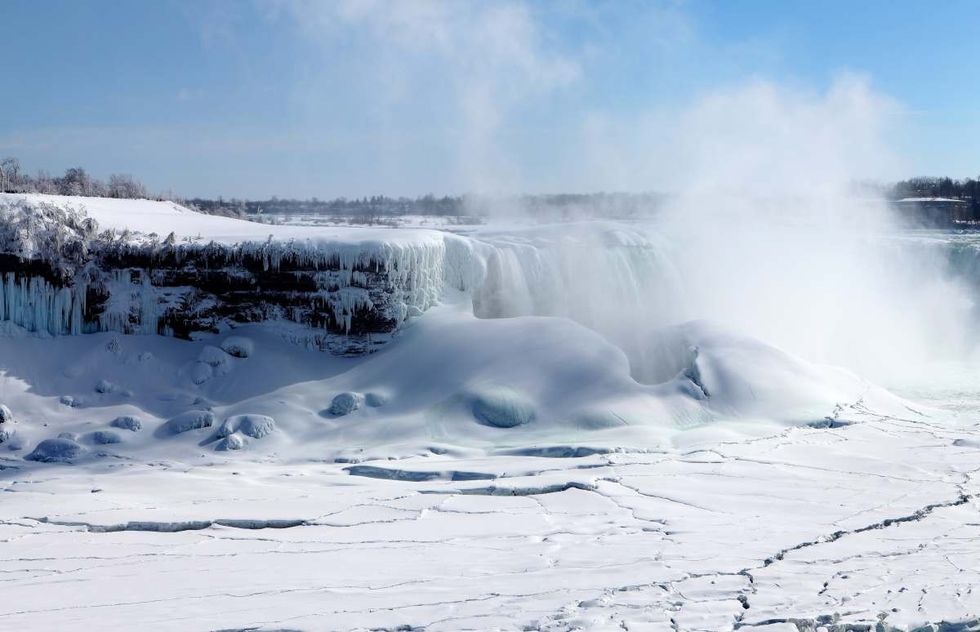
By the 17th century, Niagara Falls started gaining popularity as a tourist attraction. In 1842, author Charles Dickens visited the site, and describing the beautiful vista, he wrote "When I felt how near to my Creator I was standing, the first effect, and the enduring one — instant lasting — of the tremendous spectacle, was Peace." The falls were not just a natural wonder, but also a bounty of natural resources.
A few years after King C. Gillette predicted Niagara Falls could become part of a city called Metropolis, Nikola Tesla designed one of the first hydroelectric plants near the falls. He considered it a significant achievement in human history, per Smithsonian magazine. Over the years, piles of boulders had been building up at the base of the falls. In 1931, almost 76,000 tons of rock slid downwards to the base, and in 1954, 185,000 tons fell, as per Business Insider. So, boulders were not only causing an unsightly appearance but also posed the risk that the falls would soon turn into rapids.
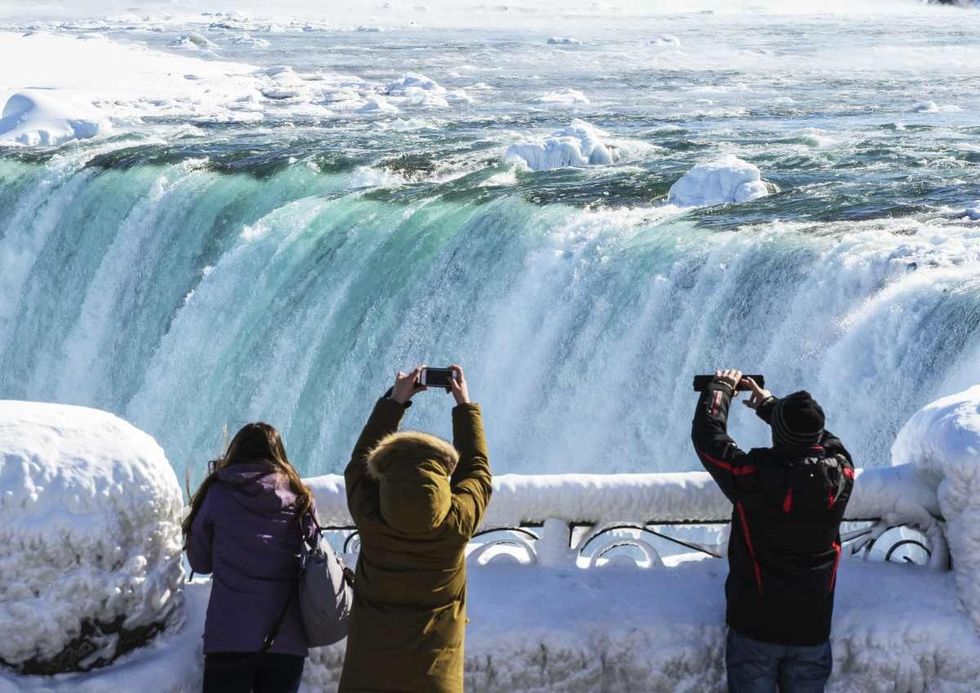
So, in the summer of 1969, some scientists were tasked with removing and examining these boulders. Their goal was to analyze how they could save the falls from erosion. To do this, the US Army Corps of Engineers brought 27,000 tons of rock loaded into thousands of trucks and used these to create a dam, blocking the waters. These waters were diverted to the Horseshoe Falls that absorbed the gushing stream diligently, according to the Bright Side.
When the waterfall was drained, researchers were surprised by what they found on its dried bottom. Plenty of coins sprawled on the waterless bed that people might have thrown in the waterfall to make a wish. Apart from coins, they found the bodies of two humans. In the following few weeks, more than 100,000 people visited the spot to witness the waterless falls from a bare cliff. Most of them were curious about why the water was stopped, and how long it would remain blocked. Meanwhile, for the next five months, engineers worked relentlessly to examine the bed of boulders, and in 1974, concluded that the boulders were necessary to maintain the posture of the waterfall. The American Falls International Board declared in a report that it was against their removal.
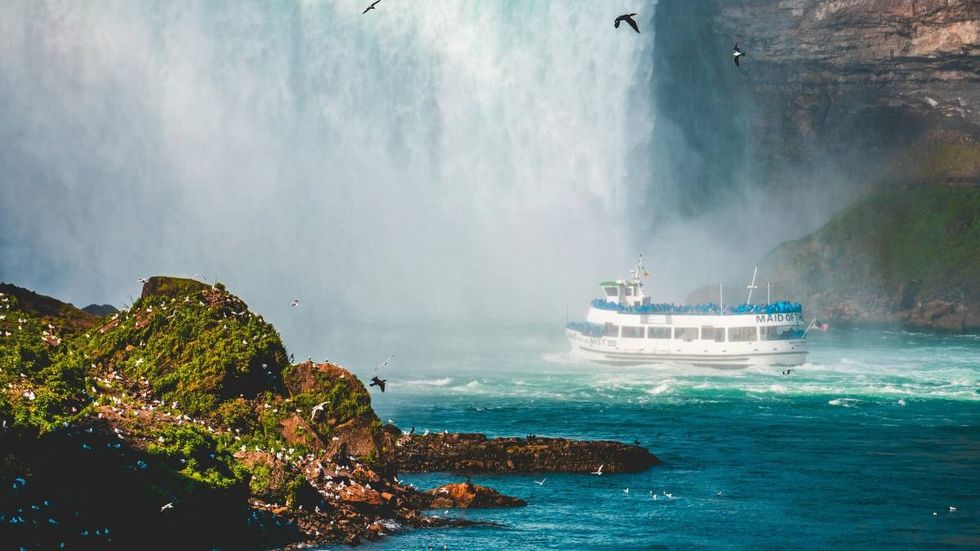
So, on November 25, 1969, a crane arrived at the Niagara site and drilled a hole in the dam. Through the hole, water began to surge in torrential streams. The American Falls was freely gushing once again. However, scientists have estimated that the falls might need to be blocked again at some point, to repair the surrounding bridges.





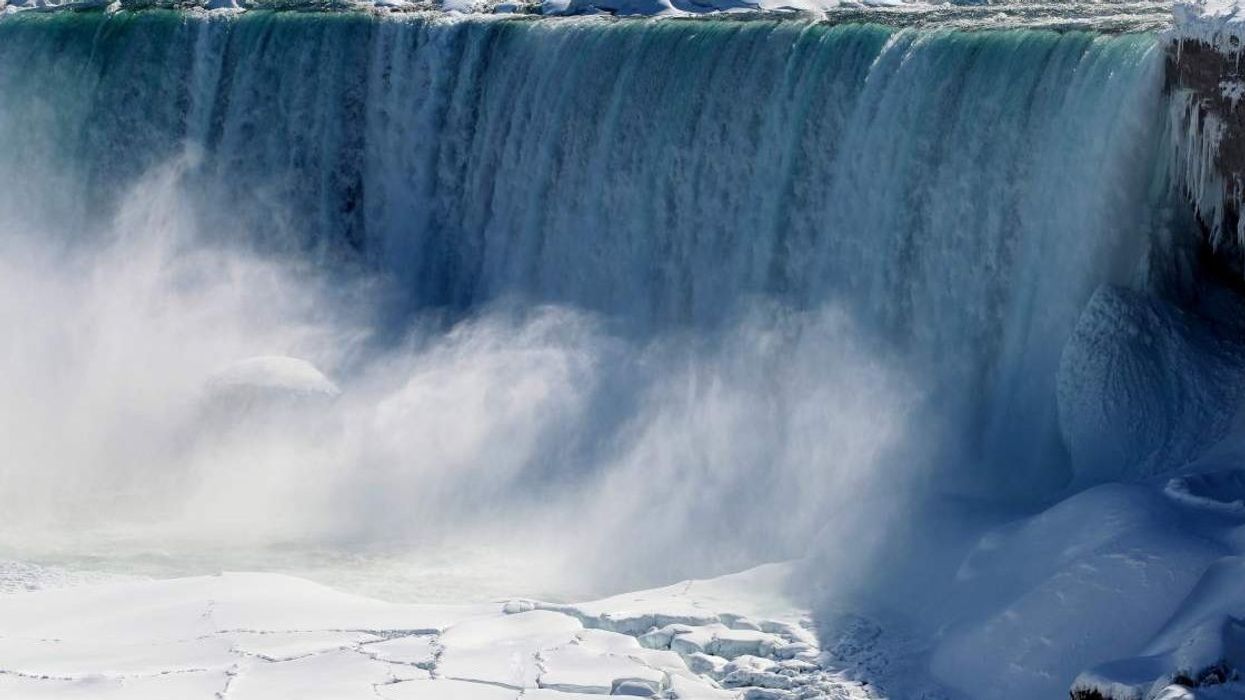


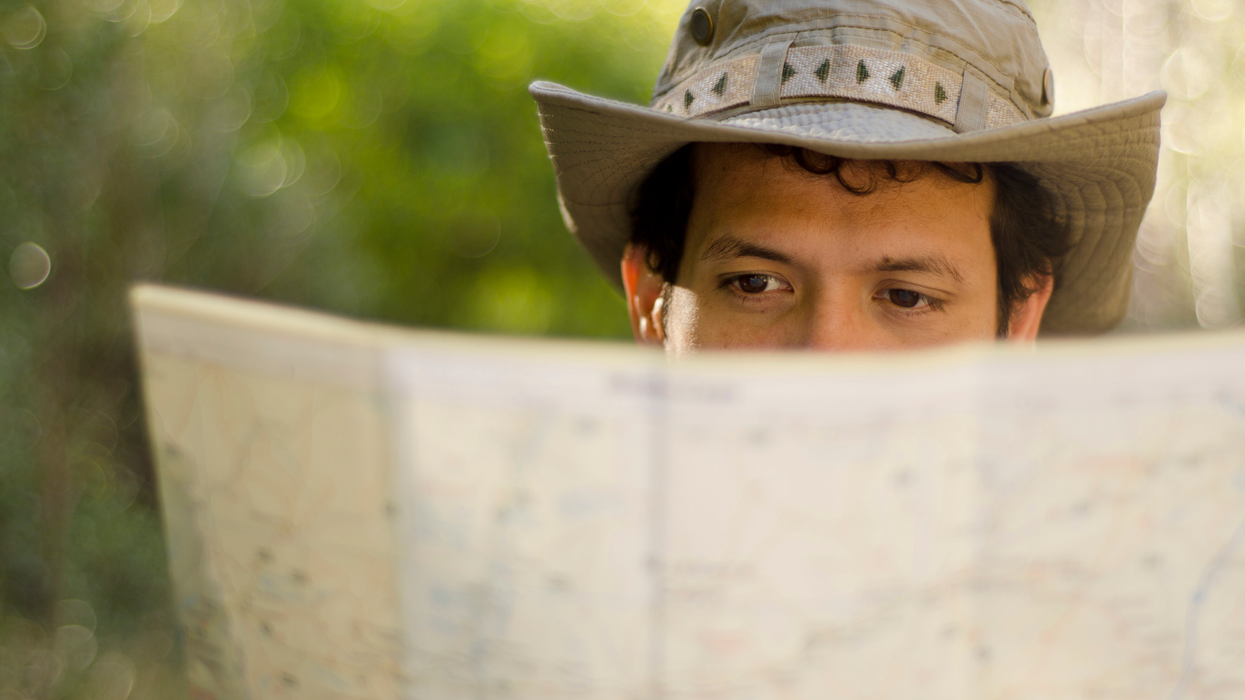


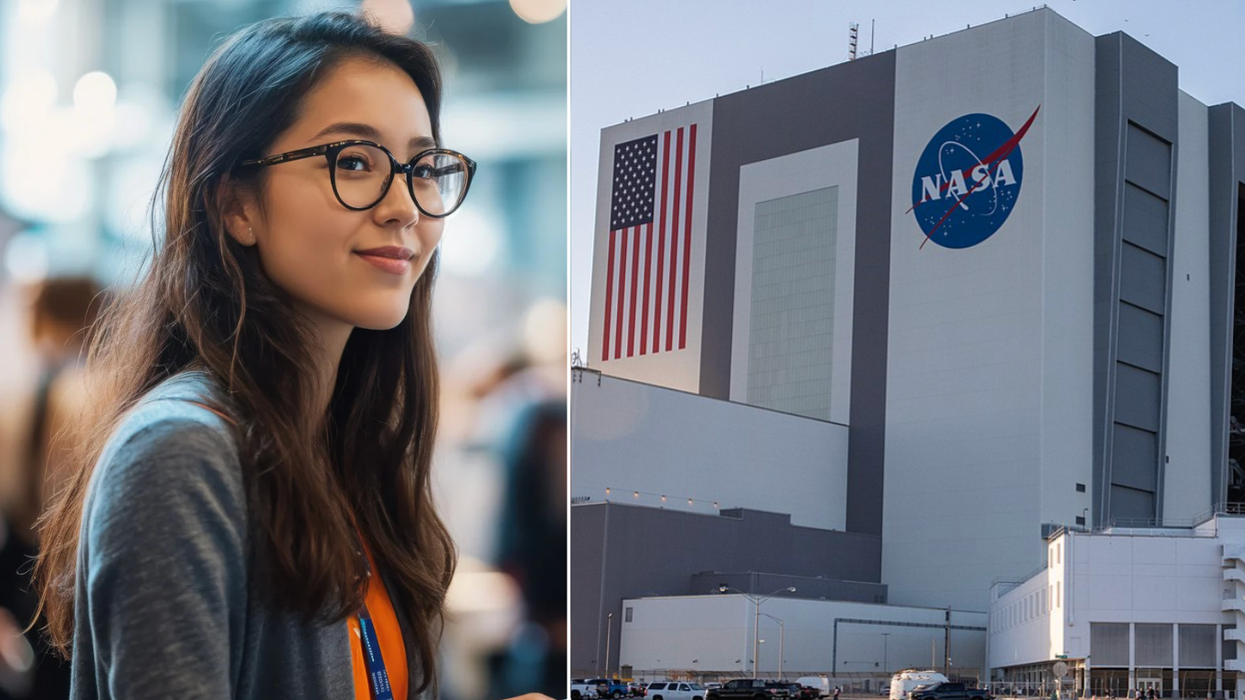






 Representative Image: Accents reveal heritage and history.
Representative Image: Accents reveal heritage and history.  Representative Image: Even unseen you can learn a lot from an accent.
Representative Image: Even unseen you can learn a lot from an accent. 
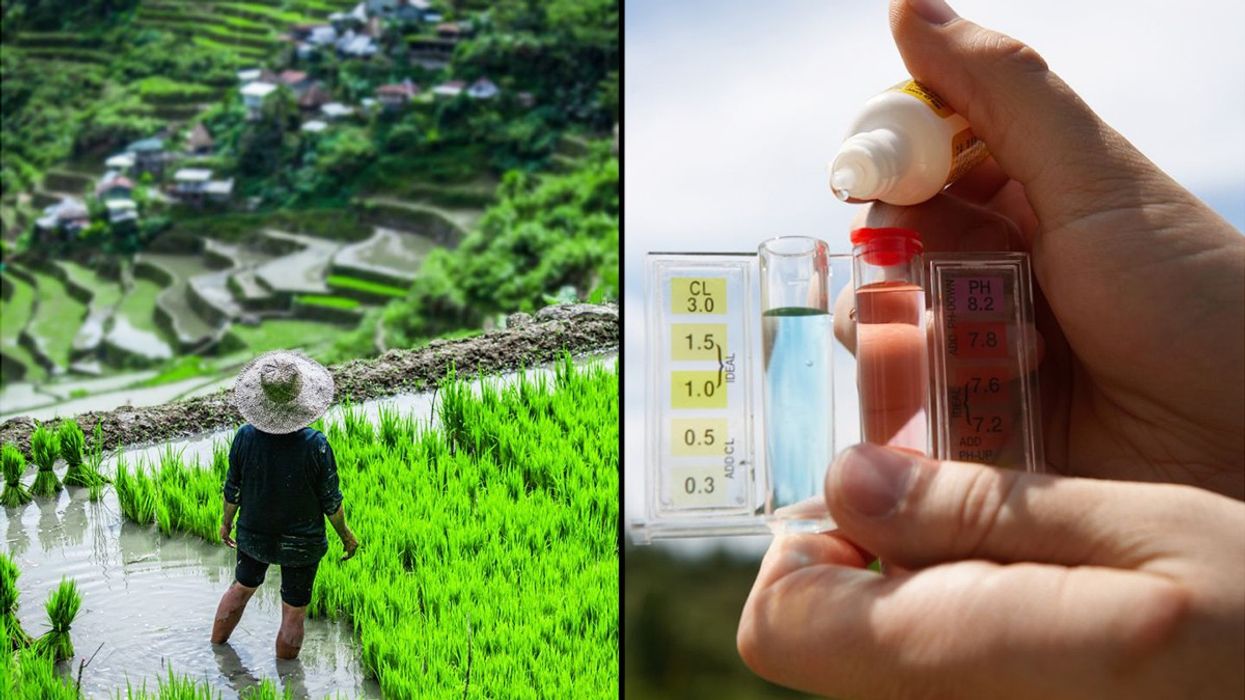
 Rice grain and white rice.Image via
Rice grain and white rice.Image via  Person eats rice.Image via
Person eats rice.Image via  Washing and rinsing rice.
Washing and rinsing rice.  Mother and daughter eating rice meal.Image via
Mother and daughter eating rice meal.Image via 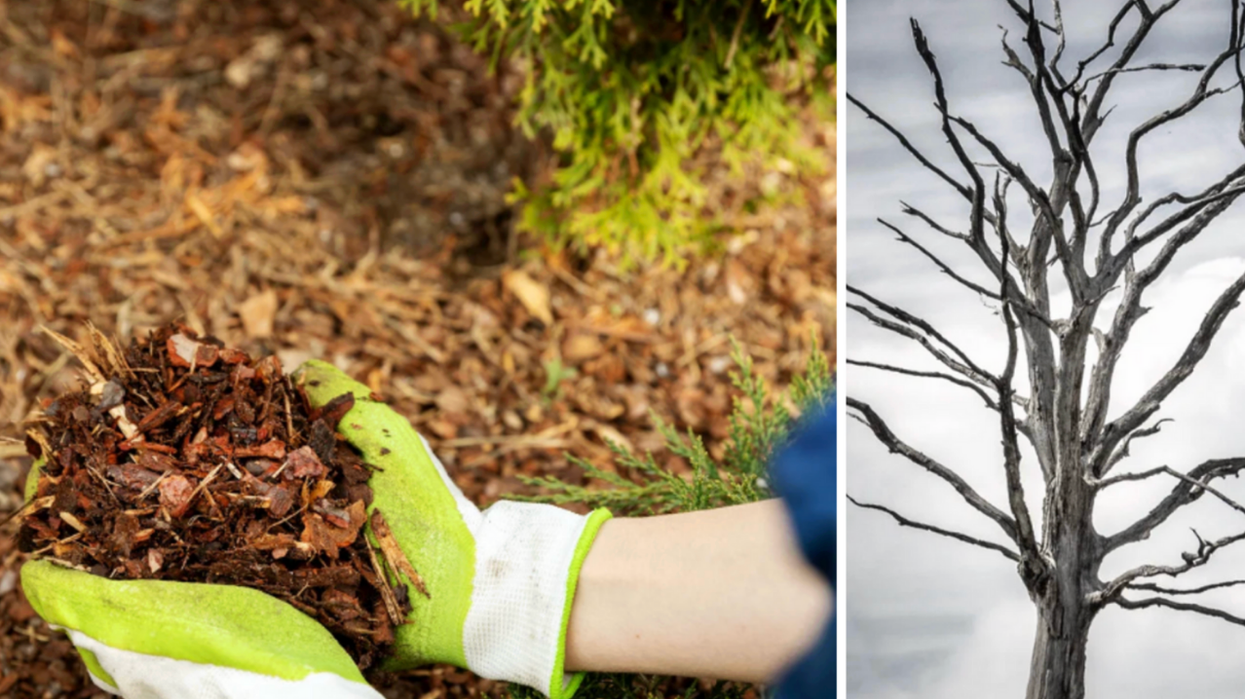

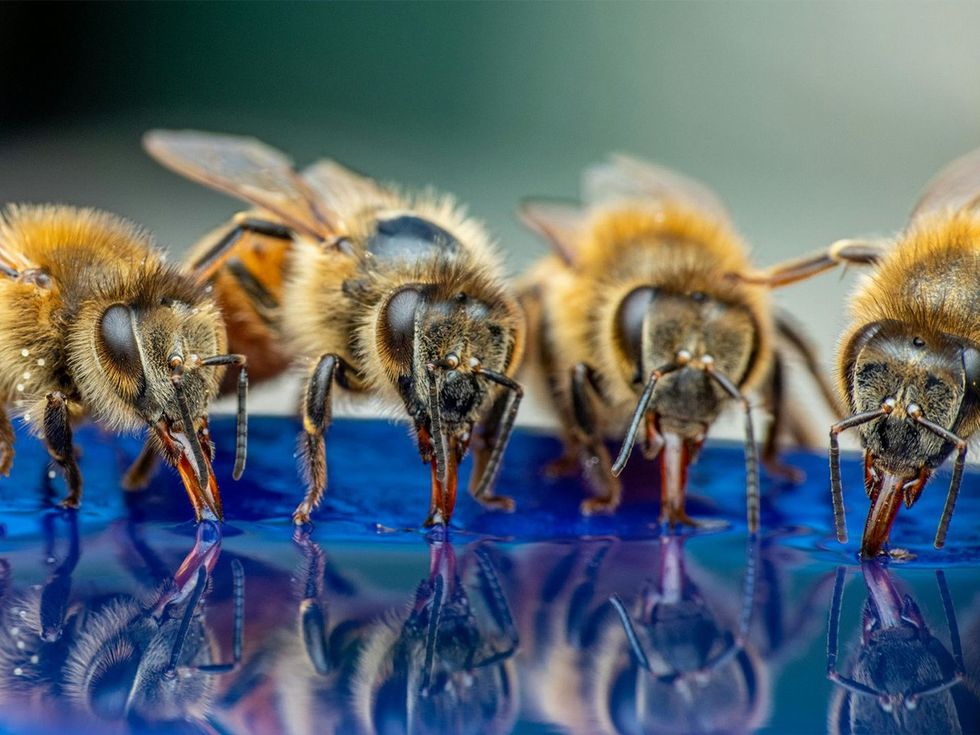 Bees feeding on food source.Image via
Bees feeding on food source.Image via 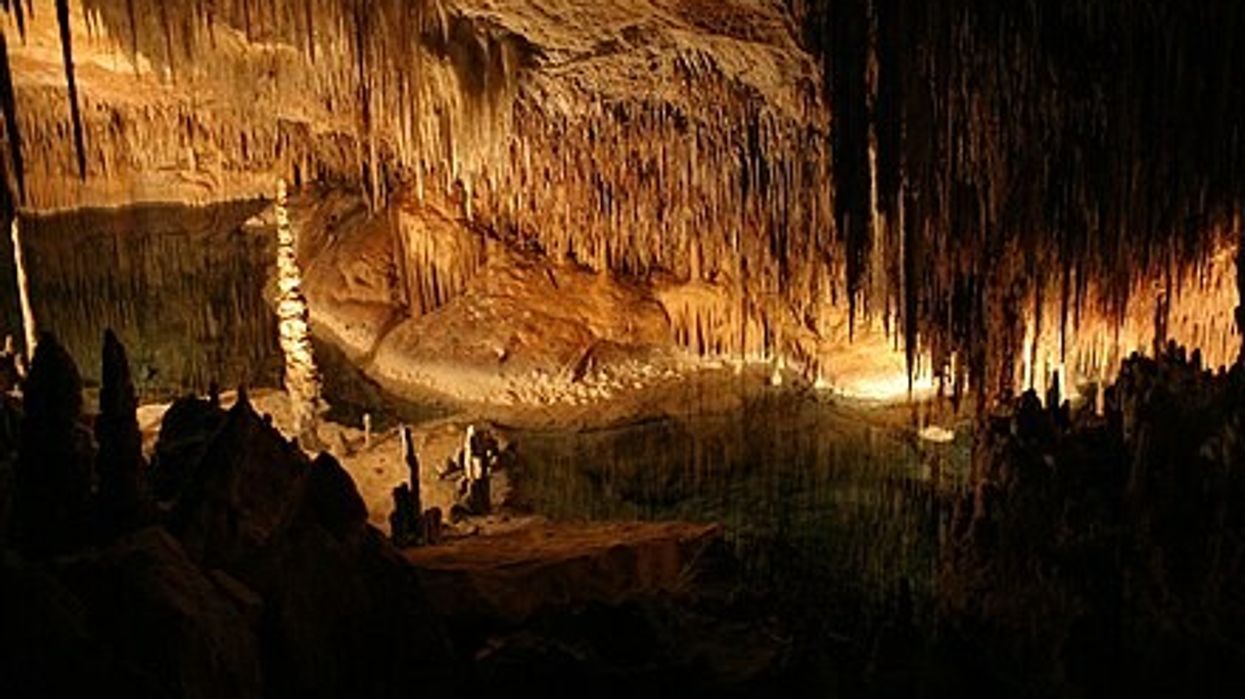
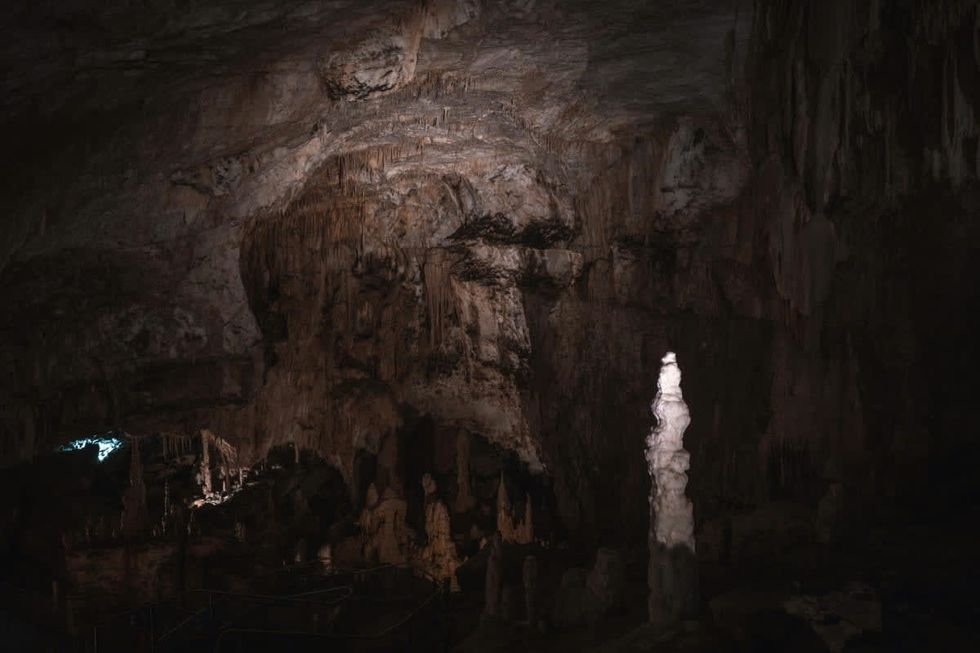 In the depths...Pexels | francesco ungaro
In the depths...Pexels | francesco ungaro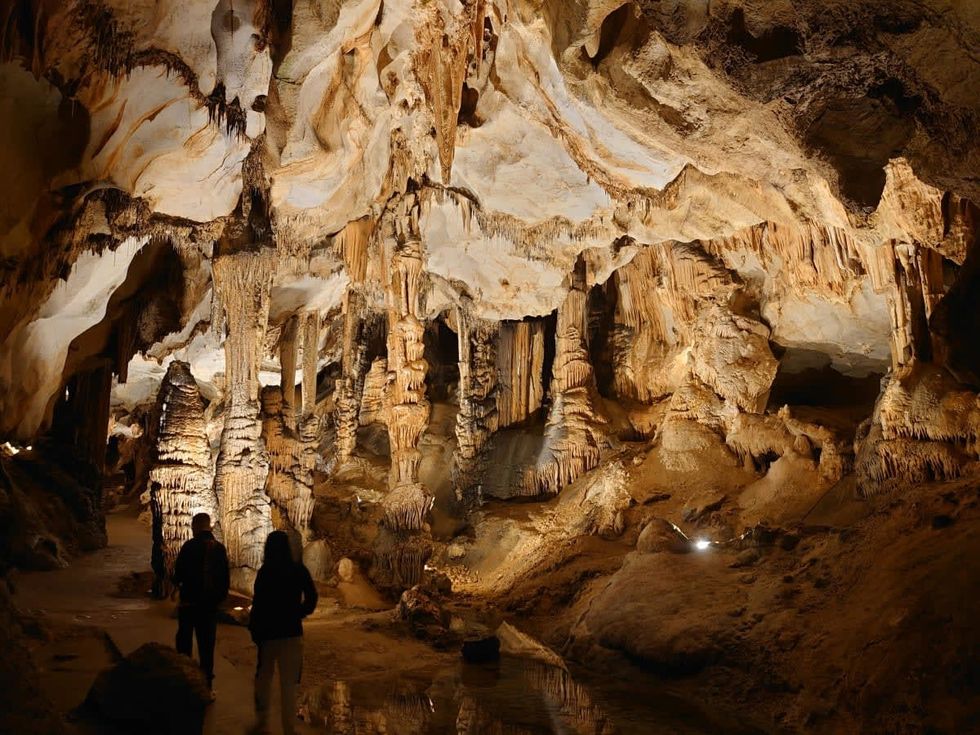 Hope the lights stay on. Pexels | parfait fongang
Hope the lights stay on. Pexels | parfait fongang "That was beyond crazy..." YouTube |
"That was beyond crazy..." YouTube |  "This is the stuff of my nightmares..."YouTube |
"This is the stuff of my nightmares..."YouTube |  "Totally blown away..." YouTube |
"Totally blown away..." YouTube | 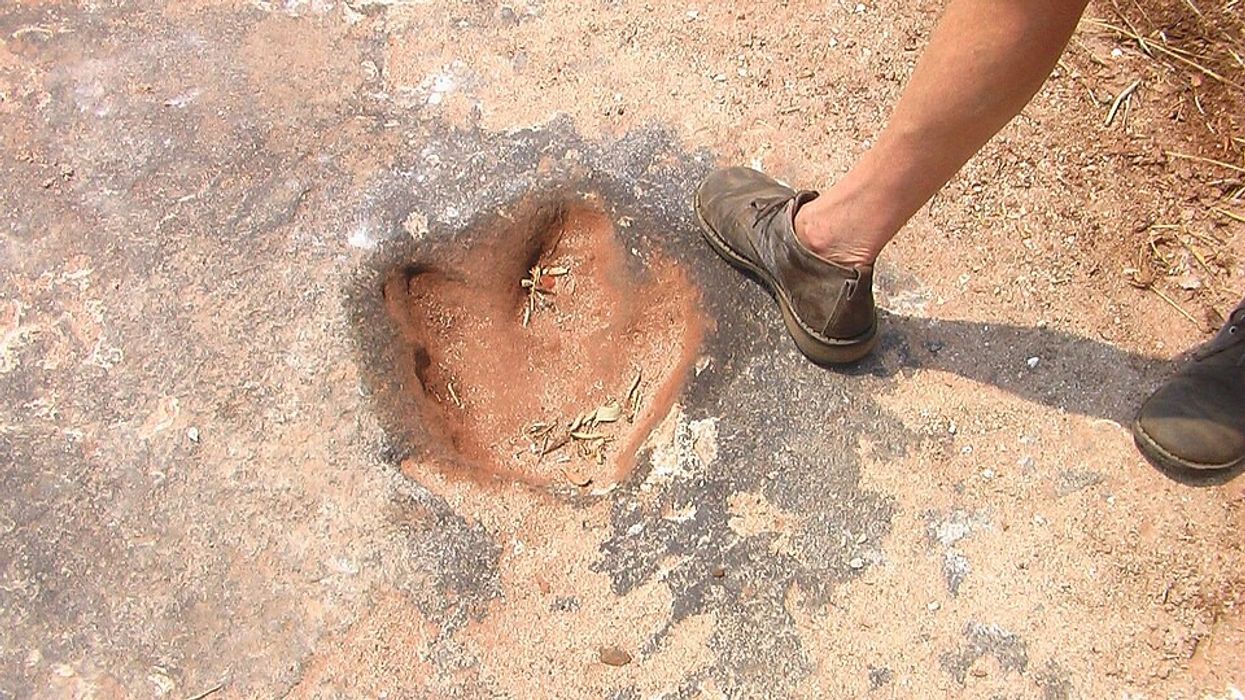
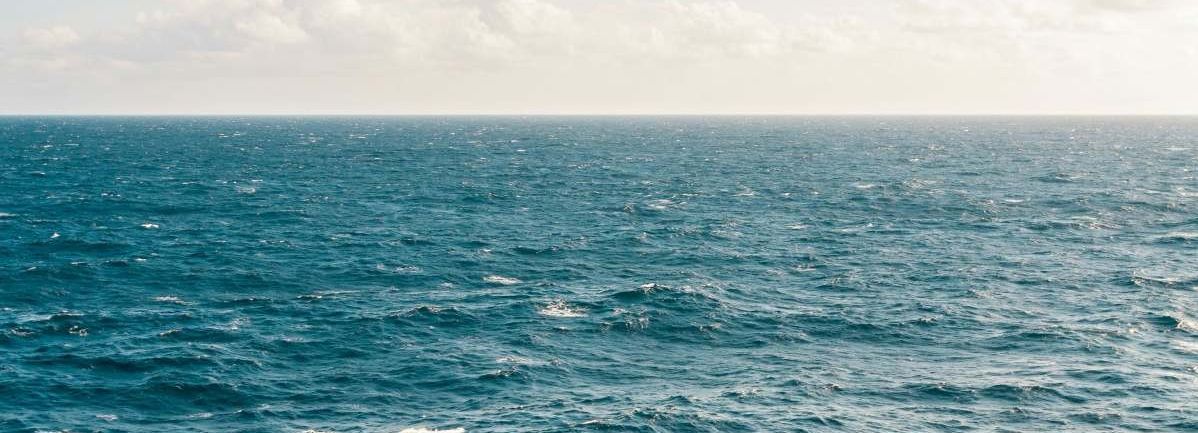 A representative Image of The Atlantic Ocean. Source: Pexels | Kellie Churchman
A representative Image of The Atlantic Ocean. Source: Pexels | Kellie Churchman Representative Image Source: Painting from a series by Ernest Untermann in the museum at Dinosaur National Monument, Utah.
Representative Image Source: Painting from a series by Ernest Untermann in the museum at Dinosaur National Monument, Utah.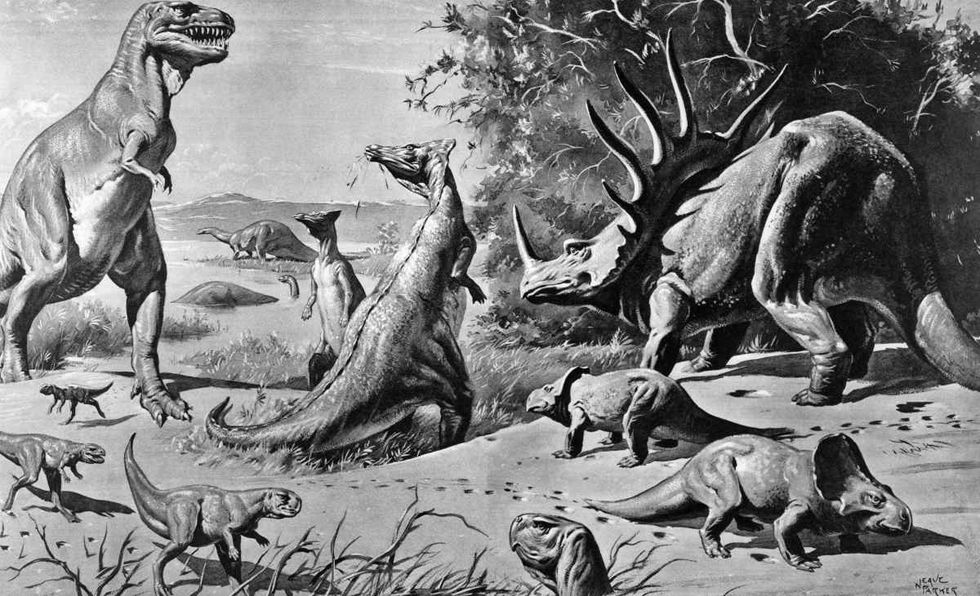 Representative Image Source: VARIOUS DINOSAURS IN GOBI DESERT. Photo by H. Armstrong Roberts/ClassicStock/Getty Images
Representative Image Source: VARIOUS DINOSAURS IN GOBI DESERT. Photo by H. Armstrong Roberts/ClassicStock/Getty Images
President Donald J. Trump and photo of a forest.
Public united and adamantly opposes Trump’s plan to roll back the Roadless Rule
There doesn't seem to be much agreement happening in the U.S. right now. Differing moral belief systems, economic disparity, and political divide have made a country with so many positives sometimes feel a little lost. Everyone desperately seeks a niche, a connection, or a strong sense of community to which they can feel a "part of," rather than just "apart."
But there seems to be one thing that the country strongly unites over, and that's the "Roadless Rule." With the Trump Administration attempting to roll back conservation policies that protect U.S. National Forests, Americans are saying in harmony an emphatic "No." A nonpartisan conservation and advocacy organization, the Center for Western Priorities, reviewed a comment analysis on the subject. After receiving 223,862 submissions, a staggering 99 percent are opposed to the president's plan of repeal.
What is the 'Roadless Rule' policy implemented in 2001?
The Roadless Rule has a direct impact on nearly 60 million acres of national forests and grasslands. According to the U.S. Department of Agriculture, the rule prohibits road construction and timber harvests. Enacted in 2001, it is a conservation rule that protects some of the least developed portions of our forests. It's considered to be one of the most important conservation wins in U.S. history.
America's national forests and grasslands are diverse ecosystems, timeless landscapes, and living treasures. They sustain the country with clean water and the wood products necessary to build our communities. The National Parks protected under their umbrella offer incredible recreational retreats and outdoor adventure.
Why does the administration want to roll it back?
U.S. Secretary of Agriculture Brooke L. Rollins told the Department of Agriculture in a 2025 press release, “We are one step closer to common sense management of our national forest lands. Today marks a critical step forward in President Trump’s commitment to restoring local decision-making to federal land managers to empower them to do what’s necessary to protect America’s forests and communities from devastating destruction from fires." Rollins continued, “This administration is dedicated to removing burdensome, outdated, one-size-fits-all regulations that not only put people and livelihoods at risk but also stifle economic growth in rural America. It is vital that we properly manage our federal lands to create healthy, resilient, and productive forests for generations to come. We look forward to hearing directly from the people and communities we serve as we work together to implement productive and commonsense policy for forest land management.”
Forest Service Chief Tom Schultz explained the Roadless Rule frustrated land management and acts as a challenging barrier to action. It prohibits road construction needed to navigate wildfire suppression and properly maintain the forest. Schultz said, “The forests we know today are not the same as the forests of 2001. They are dangerously overstocked and increasingly threatened by drought, mortality, insect-borne disease, and wildfire. It’s time to return land management decisions where they belong – with local Forest Service experts who best understand their forests and communities."
Why are people adamantly opposed to the proposed rollback?
A 2025 article in Earthjustice, a nonprofit environmental law organization, expressed its concern over the protection of national forests covering 36 states and Puerto Rico. A rescinded rule allows increased logging, extractive development, and oil and gas drilling in previously undisturbed backcountry. Here is what some community leaders had to say about it:
President Gloria Burns, Ketchikan Indian Community, said, "You cannot separate us from the land. We depend on Congress to update the outdated and predatory, antiquated laws that allow other countries and outside sources to extract our resource wealth. This is an attack on Tribes and our people who depend on the land to eat. The federal government must act and provide us the safeguards we need or leave our home roadless. We are not willing to risk the destruction of our homelands when no effort has been made to ensure our future is the one our ancestors envisioned for us. Without our lungs (the Tongass) we cannot breathe life into our future generations.”
Linda Behnken, executive director of the Alaska Longline Fishermen’s Association, stated, "Roadbuilding damaged salmon streams in the past — with 240 miles of salmon habitat still blocked by failed road culverts. The Roadless Rule protects our fishing economy and more than 10,000 jobs provided by commercial fishing in Southeast Alaska.”
The Sierra Club's Forest Campaign Manager Alex Craven seemed quite upset, saying, "The Forest Service followed sound science, economic common sense, and overwhelming public support when they adopted such an important and visionary policy more than 20 years ago. Donald Trump is making it crystal clear he is willing to pollute our clean air and drinking water, destroy prized habitat for species, and even increase the risk of devastating wildfires, if it means padding the bottom lines of timber and mining companies.”
The 2025 recession proposal would apply to nearly 45 million acres of the national forests. With so many people writing in opposition to the consensus, the public has determined they don't want it to happen.
Tongass National Forest is at the center of the Trump administration's intention to roll back the 2001 Roadless Rule. You can watch an Alaska Nature Documentary about the wild salmon of Tongass National Forrest here:
- YouTube www.youtube.com
The simple truth is we elect our public officials to make decisions. The hope is they do this for all of our well-being, although often it seems they do not. Even though we don't have much power to control what government officials do, voicing our opinions strongly enough often forces them to alter their present course of action. With a unanimous public voice saying, "No!" maybe this time they will course correct as the public wishes.